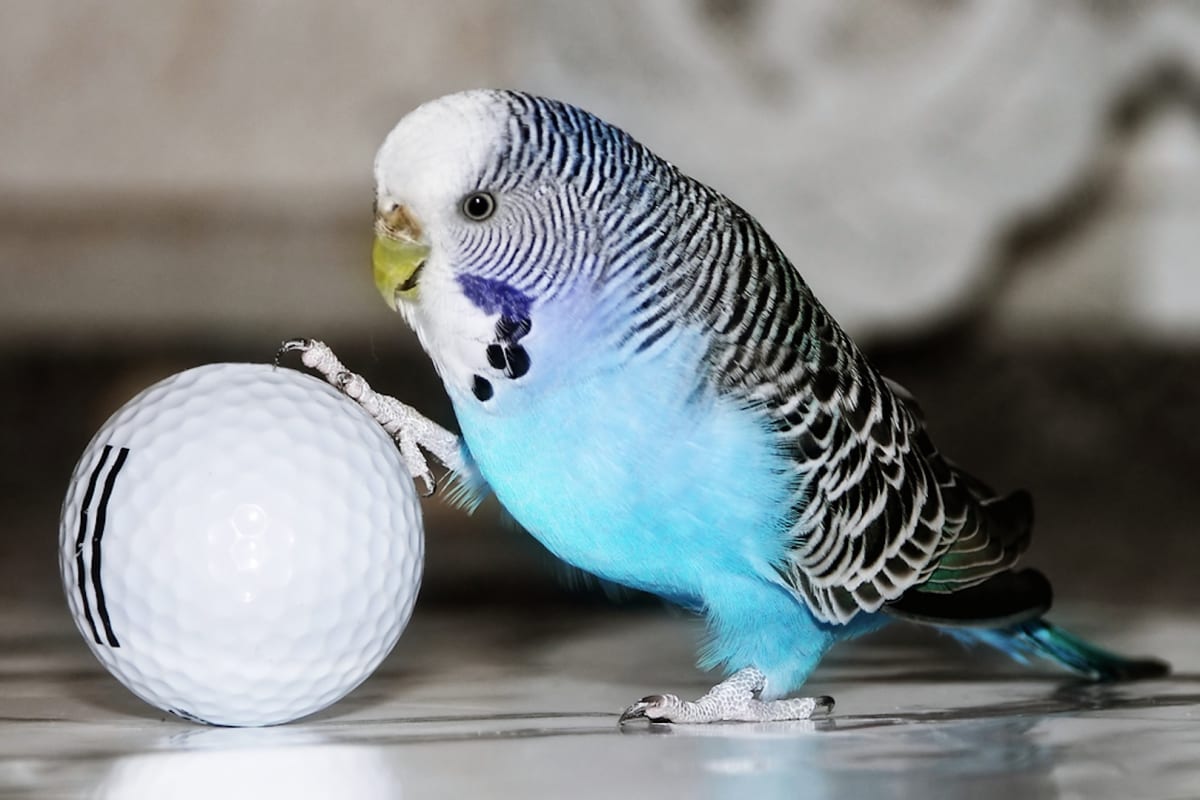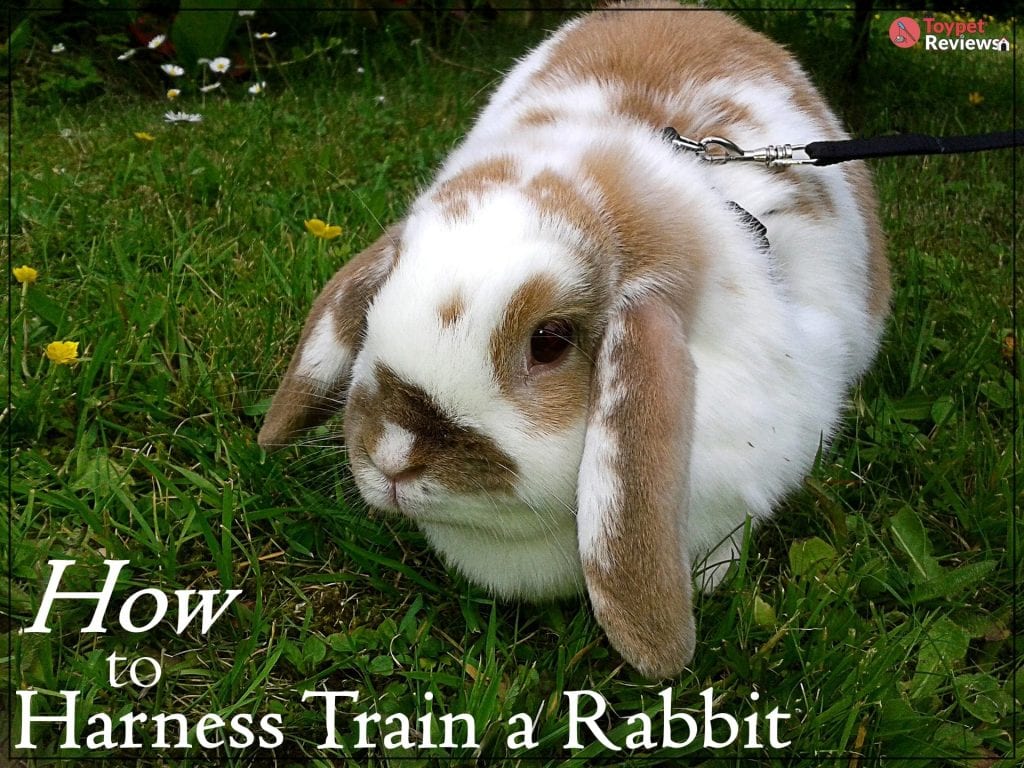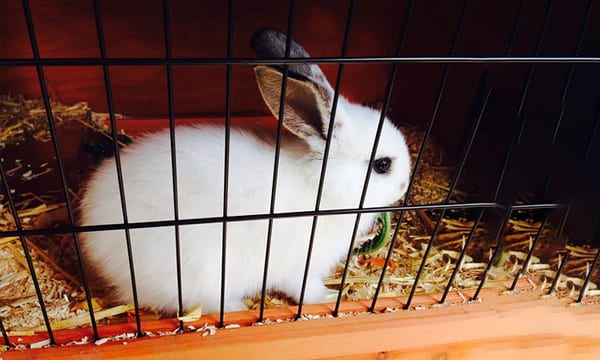With snow falling hard and temperatures plummeting towards the freezing point, we all have to pause and take stock of winter’s damaging effects on outdoor-going cats and alley cats.
There are countless myths and unanswered questions regarding how cats fare in the cold season, and today we will try to tackle most of them.
First things first, we have to answer the question in the title: do cats survive winter?
Yes, of course they do, especially the lucky and loved ones that you help.
So now let’s see some cat-tastic facts and tips you should learn to be able to help your fluffy friends make the most of the cold season!
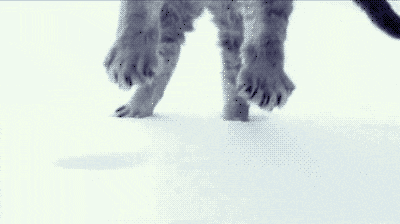
1. Do Cats Get Cold in the Winter?
One of the most prevalent cat myths is that their furry coats help them face winter with little to no problems.
If they survive in the wild, they can surely survive to spend a night (or more) outdoors, right?
Well, wrong.
This preconception stems from the fact that some cat breeds are more adaptive to cold climates.
For instance, the Norwegian Forest Cat, the Maine Coon, and the Siberian have thicker coats and a genetic mechanism that helps them fare better in winter.
However, other breeds of cats, and most feral and alley cats do get cold, and they can even suffer severe frostbite injuries.
Many cat rescue association warn cat owners and also urban communities to tend to properly tend to cats.
This way, they can prevent future health problems and even death due to freezing and other winter perils.
We all know that dealing with a pet’s passing is an excruciating experience, so let’s do all that we can to prevent this.
How Cold Is Too Cold for Cats?
Our first cat-tastic fact of the day regard a cat’s body temperatures and resilience to cold.
- While a cat’s body temperature varies depending on its breed this is, on average, around 102°F (38.9°C).
- Veterinarians consider that hypothermia installs when a cat’s body temperature drops below 100°F (37.8°C).
- Hypothermia occurs mostly when the cats’ coats are wet. In other words, if it snows/rains outside this winter, bring your cat inside. In the case of community cats, you should build them a shelter, and we will get to that in a few moments.
- According to Dr. Chris Miller, frostbite is a severe problem among cats that spend a significant part of their lives outdoors and especially in alley cats. Frostbite mostly impacts the paw pads and ears, but it can occur on any part of their bodies if a cat stays outside in the cold for a long time.
What Is the Ideal Room Temperature for Cats in Winter?
If you’re looking to keep your cat inside over the winter or host a stray feline in your home, you should know that the ideal room temperature for them is in between 70°F to 90°F (around 20°C to 25°C).
Still, this will depend on the cat’s breed, age, its size, and health condition.
Ideally, you should provide cats with an indoor temperature of up to 97°F, but this is hardly tolerable to humans.
So you will need to adjust the heat to your cat’s needs and especially to its behavior.

Here are some facts you should know:
- Long haired cats need slightly lower temperatures than short haired ones.
- The same is true for sizeable (fatter) cats – the skinny ones need a bit more heat. This is because the smaller and slimmer a cat is, the less it is capable of retaining body heat, so you will need to compensate with the thermostat.
- Cats that are sick (they have an infection or other health problems) need more heat.
- Kittens and old cats also need more heat. Baby cats do not have the capacity of retaining their body heat, while senior ones need warmer temperatures to counter joint or bone pains.
- Cats with thyroid problems need less heat (just as humans do, sometimes).
After you’ve set an indoor temperature for a cat, watch its behavior. If it shows signs of agitation, you can lower the heat.
A good idea for kittens and slim, small cats is to provide them with a heated pet bed or a heated blanket.
2. How Can I Keep Cats Warm in Winter?
If your cat stays inside or if you bring a stray one home, you can start by adjusting the room temperature, just as we discussed in the above.
Nevertheless, there are other ways to ensure that your cats are safe, warm, and healthy throughout the cold season.
- The number of calories a cat consumes during winter play plays a crucial role in how it is going to react and adapt to the cold.
- The amount of clean water a cat drinks on a daily basis is also essential for its survival in the cold winter months.

Do Cats Eat More in the Cold Season?
Many people ask this question especially in regards to stray or abandoned cats.
They do so probably not knowing that stray cats face starvation most often than not since it is generally less likely for them to find food.
Even so, if you are looking for a general answer, then this is a resounding Yes!
A cat should eat more in the winter than it usually does.
This is because:
- The extra calories help them stay warm. Like humans and all other animals, cats shiver when they are cold to try and maintain a constant body temperature. Nevertheless, shaking burns plenty of calories (energy), meaning that you need to feed your cat and stray ones more often.
- When it comes to your cats and their meals, know that you should also feed them more wet food as it is easier to digest.
- On the other hand, if you are feeding alley cats, then you should offer the food in insulated bowls to prevent it from freezing.
- You can also feed any cat with dry food – just make sure you pick a high-protein type.
- Water is critical, even if it is snowing outside. Never allow cats to drink from puddles, as this may prove fatal to them if these water pools contain car oils, antifreeze, or other chemicals. Insulated water bowls for outdoor cats are also the best way to go. The RSPCA warns us that antifreeze poisoning is common and extremely dangerous for cats since they tend to drink out of puddles.
- You can tweak your indoor cat’s eating schedule by introducing an extra meal and making sure it has fresh water all day long. For kittens, adult cats, and sick felines, you should get high-quality food with high protein levels that offer them a balanced diet.
How Can I Keep Outdoor Cats Warm in Winter?
As we said, we will also tackle the topic of winter cat sheltering.
While the following short guide applies mostly to outdoor cats, you can adapt it to your house cat as well.
This is especially helpful if your fluffy friend likes to live more in your backyard than in your house.
- Building a shelter for stray cats is easy – pick a hard cardboard box, buy a cathouse from the pet shop, use a wooden crate laying around the yard, or modify a doghouse.
- Stray cats will often rely on each other to keep themselves warm inside the house, but this does not mean you should not insulate it on the inside. The best variant for doing this is straw. Avoid padding the shelter with towels or blankets, as they can freeze.
- Place the shelter on a platform (wooden crate, etc.) to raise it a little above ground.
- Make sure you make a door too. It should allow one cat to enter and exit at a time. The larger the entrance, the colder it will be on the inside. You can place the opening at a close distance from a wall as this will prevent wind and currents from reaching the cats. It can also help protect them from predators.
- Do not put the water and food bowls inside the shelter. Instead, place them in its proximity.
Cats.org also suggests that people with barns furnish these to be used as shelters – and don’t forget to leave the door ajar!

3. What Other Problems Do Cats Face in Winter?
Winter can have some harsh effects on the health of your cats’ fur and skin, especially if they get frostbite or wet.
- Cats can get dry skin in the cold season (their paws, ears, bellies, and noses suffering the worst). Dehydration, cold temperatures, and inappropriate sheltering may lead to fur problems too. Make sure you feed them properly and use vet ointments to prevent skin cracks and other dry skin-induced dermatological issues.
- The allure of a shelter may be too overpowering so alley cats may end up in some garage, barn, or under the hood of a car. These are all unsafe places for them, so make sure to check your vehicle before you take it out (every time) and build a shelter for the cats you found in the garage.
Winter trapping of stray cats comes with its advantages.
One dilemma we need to answer here is: do cats breed in the winter and what can we do about it?
The trapping surgery of indoor or outdoor cats is not complicated, because fewer cats get pregnant during the cold season.
If you want to follow the trap-neuter-return rule with alley cats, you should first provide them with a shelter that will keep them comfortable in the post-op period.
Winter trapping also prevents the birth of more cats in spring.
Here are some other winter care tips that you can use for your indoor cat (which goes outside regularly):
- If the cat goes to the toilet outside, it may hold it in due to the harsh cold. To prevent urinary tract infections, kidney problems, and blockages, you should prep a clean and welcoming litter tray under a cover (use a garden umbrella, for instance) and train your cat to use it.
- Put a neon/high-visibility collar around the cat’s neck so that car drivers, pedestrians, and motorists see it during dark mornings and evenings.
- Whenever the cat returns home from its outdoor adventures, clean its paws. Antifreeze, oils, chemicals, and all de-icing products are caustic and some of them may get stuck in between their pads and hurt or burn the cat.
- Dry skin and irritating materials (snow, ice, grit, etc.) are constant winter problems for cats, so always clean its paws. In case it does hurt itself, use vet ointments to help it heal.
- If your cat is just a baby, old, or sick, try and keep it inside the house more than on the outside.
How You Can Help!
If you want to help alley cats more, consider joining or donating to the following associations:
- The Feral Cat Caretakers’ Coalition make it their mission to see to the rights of stray cats everywhere.
- The Best Friends Animal Society runs a nation-wide shelter and spearheads programs to keep animals off the streets and in people’s homes.
- The Alley Cat Allies work on a global scale to improve the lives of our feline friends through shelter action, changing policies, and improving the general public’s knowledge on why cats are vital to rural and urban communities.
- The Stray Cat Alliance runs serious adoption programs and lends help to cats in need nationwide.
- The Animal Humane Society is probably the biggest name you’ve heard of, their pet helpline is essential if you need advice on the go.
- Lastly, you can always reach out to local and state animal shelters and societies. They’re always looking for an extra pair of paws! 😺

Meowing All the Way!
Indoor and outdoor cats need your support to go through winter without suffering any harm.
Feed them well, keep them warm, build them a shelter, and keep them hydrated and, most importantly, safe!
The little furry souls will be forever grateful to you for making their life better! (even if they might not show it)
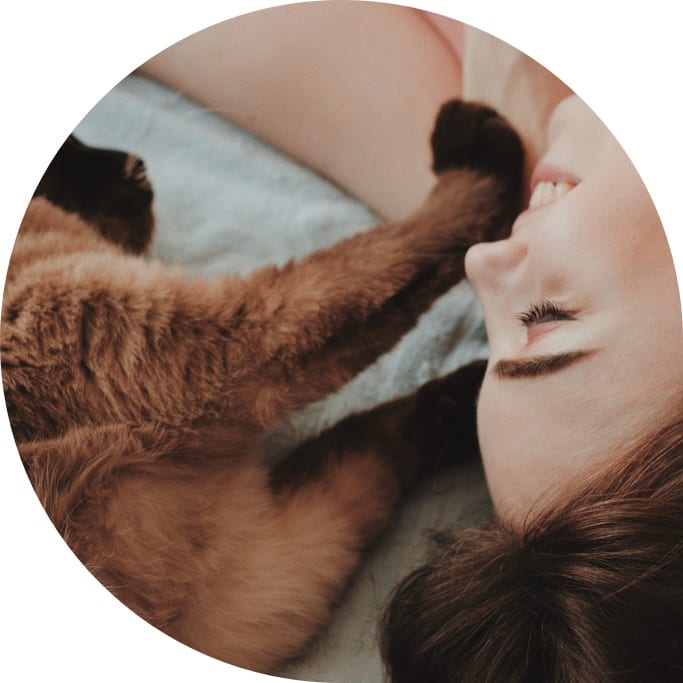
Olivia is at her happiest when she is cuddling (with their acceptance, of course) her two cats: Max and Moxie (totally intended). When she is not spending time with her beloved felines, Olivia is busy writing about the toys they play with and the things they use. Proud Cat Lady in the making!
